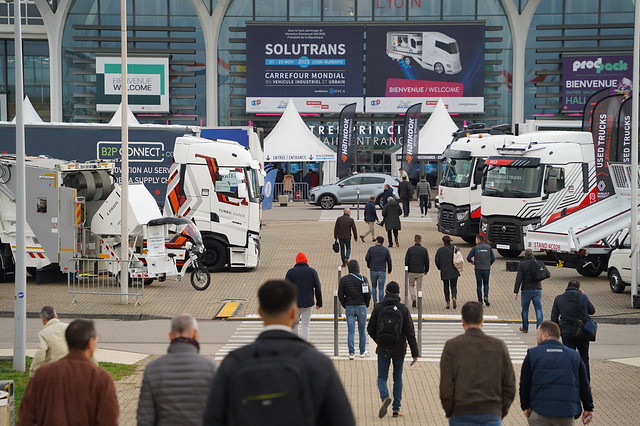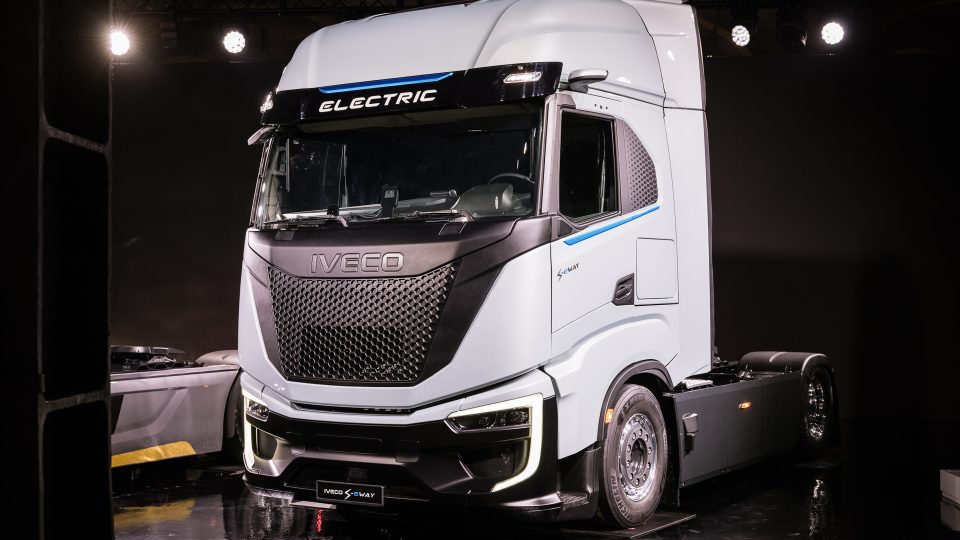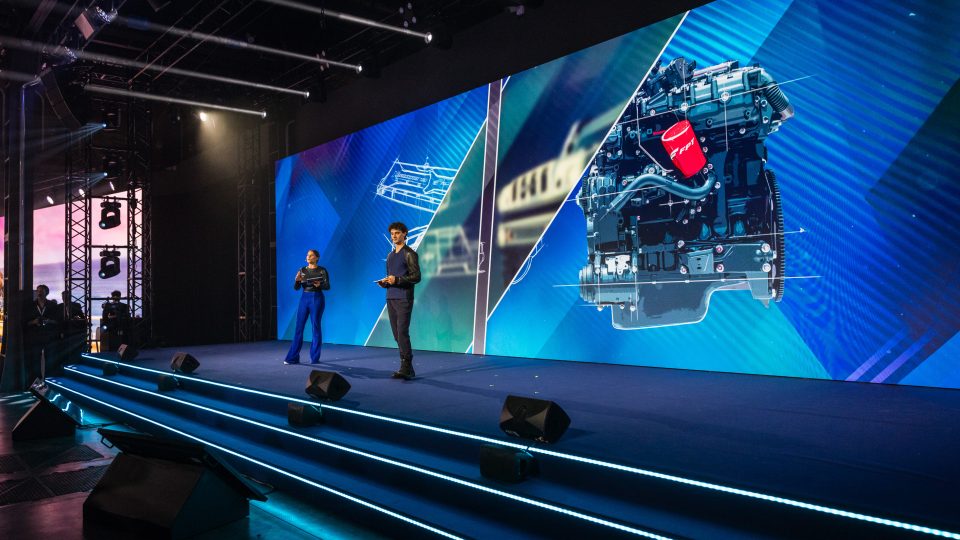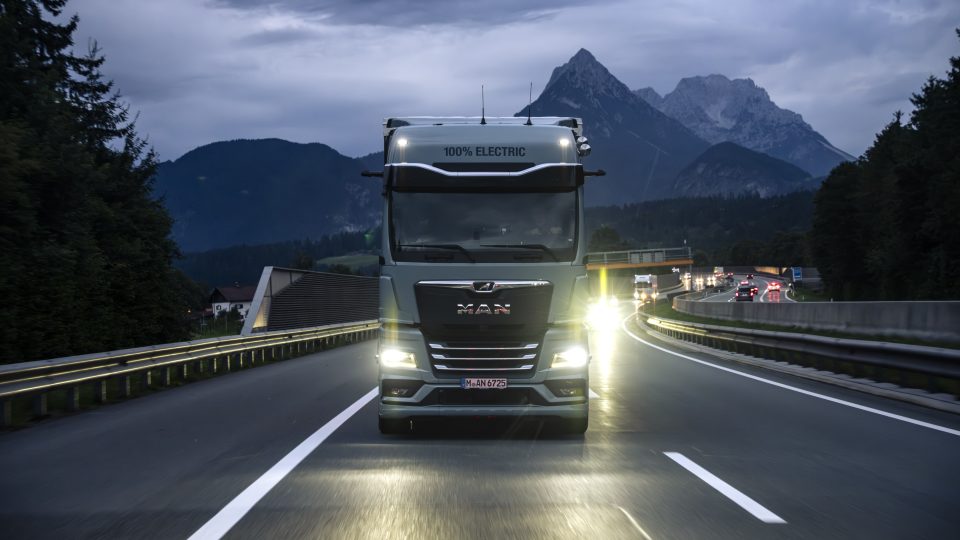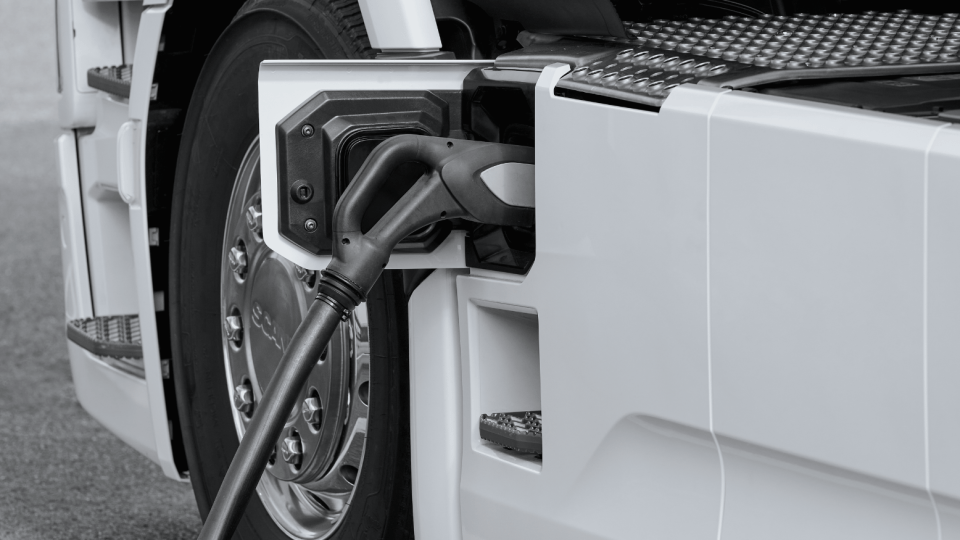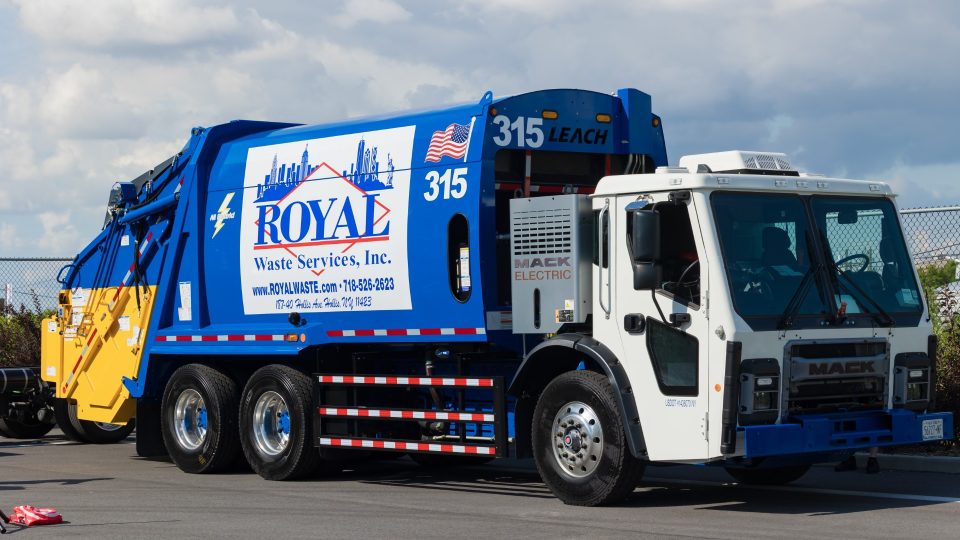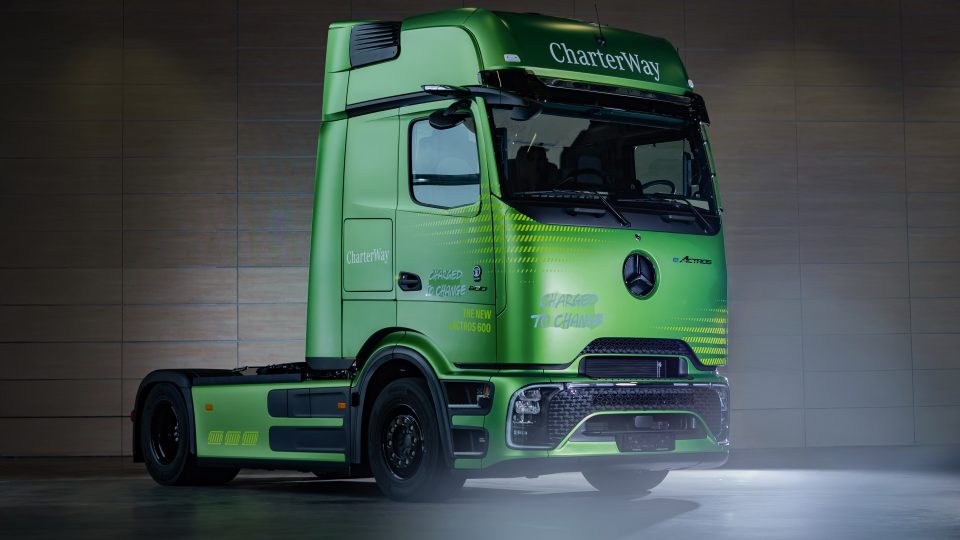Man electric trucks in food distribution. A field test study in Berlin
The ZeroEmissionDeliveries - Berlin feasibility study now launched by the European environmental association Transport & Environment will be used by the REWE Group as a real-life example to examine the conditions under which it is possible to switch to electric commercial vehicles in regional delivery traffic. MAN Truck & Bus is contributing with its expertise and its electric trucks. Results are expected in the fall of 2021.
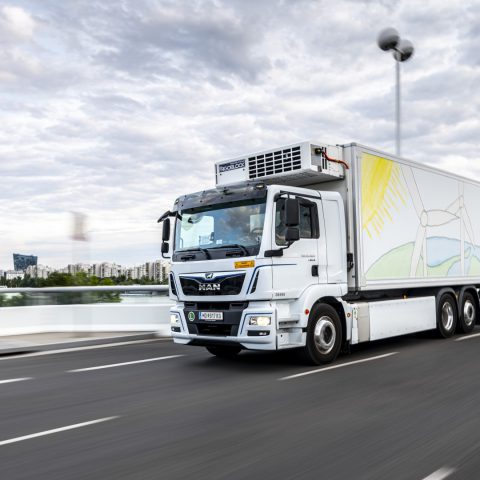
MAN Truck & Bus sees a great potential for climate protection in the electrification of urban and regional freight and passenger transport. The use of purely electric trucks, vans and buses can reduce the carbon footprint in the transportation sector. Converting the vehicle fleets to electric propulsion is complex and requires new charging infrastructure as well as adaptation of power grids and ways of working. Deliveries during off-peak hours in city centres with electric trucks generate significantly less noise. MAN with its electric trucks vans and buses, has already been involved here in the EIT Urban Mobility project ZEUS.
Driving forward to electric truck fleets in large cities
In the feasibility study “ZeroEmissionDeliveries – Berlin” in collaboration with Transport & Environment, the possibility of electrification will be investigated using a very concrete example. The core of the project is formed by Transport&Environment, REWE Group, one of Europe’s leading trade and tourism groups, MAN Truck & Bus and Fraunhofer Institute for Systems and Innovation Research (ISI), which will conduct the study. Other project partners are Stromnetz Berlin, Allego and Compleo. “The joint project is an important step towards the practical implementation of e-trucks in delivery traffic, explains Ekaterina Boening, Senior Policy Manager at T&E Germany. “After many roadmaps, it is now time to provide more clarity for companies. With the support of Fraunhofer ISI, we are investigating what is already possible today and what steps are needed on the part of policymakers, infrastructure operators and automakers to drive forward the electrification of truck fleets in large cities,” .
Experimenting deliveries with e-truck in the region of Berlin
Starting point of the analysis are the logistics centers Oranienburg and Alt-Mariendorf of the REWE Group. The feasibility will be examined using the practical example of regional delivery logistics in Berlin and the surrounding area. The delivery routes for over 250 REWE stores in this region will be analyzed. “When delivering to our supermarkets in Berlin and the surrounding area, one gear meshes with the other. Reliable driving of our truck fleet is the essential element here. So far, we have been able to achieve significant savings in fuel consumption through better driving behaviour and optimised route plans. We are very interested in innovative, resource-saving solutions and are therefore pleased to be involved in the project,” says Torsten Prag, Logistics Manager REWE Ost.
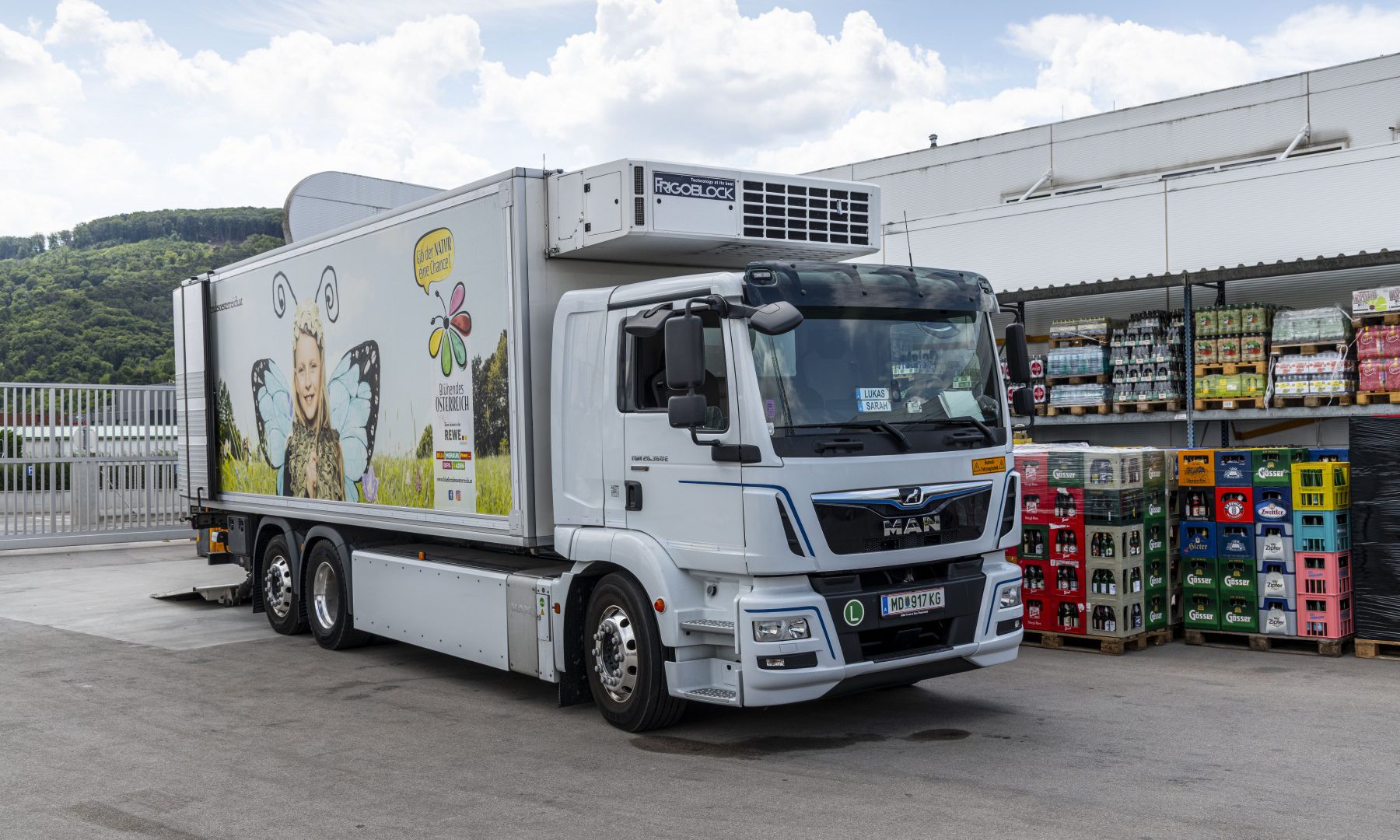
The right electric trucks, routes, infrastructures and grid
In details the study will clarify, among other things, which vehicles are required, what is the optimal route plan for e-trucks, how can a mix of private and public charging infrastructure be designed and what are the resulting requirements for the power distribution grid and power generation? Through the experience that MAN has already gained with the eTGM electric distribution truck in the CNL project in Austria since 2018, the T&E study can be supported by data collected in real-world operation. Michael Treier, Sales Truck Market Preparation eMobility for MAN Truck & Bus, will accompany the study. “T&E’s feasibility study on zero-emission delivery traffic will provide valuable results for all parties involved due to the integration of real customer requirements of the REWE Group. In particular for our future eTruck portfolio, I can derive from it with our sales team which eTruck specifications will be required and which charging infrastructure will have to be built in the urban environment in the next few years”.




